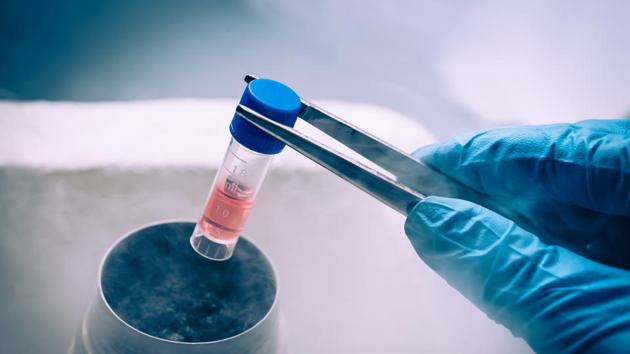Scientists at work, Indian plants may hold gateway to new drugs
A team led by the Institute of Mathematical Sciences (IMSc), Chennai, has developed an online database that has listed 960 phytochemicals, or biologically active compounds found in plants.
Researchers in Chennai have identified naturally occurring chemicals in Indian medicinal plants that have no significant similarity with those used in existing drugs,making them prospective ingredients for future medicines.

A seven-member team led by the Institute of Mathematical Sciences (IMSc), Chennai, has developed an online database – Indian Medicinal Plants, Phytochemistry and Therapeutics (IMPPAT) – that has listed 960 phytochemicals, or biologically active compounds found in plants. The findings of their research were published in a paper, ‘IMPPAT: A curated database of Indian Medicinal Plants, Phytochemistry and Therapeutics,’ in the journal Scientific Reports on March 12.
“Plants have co-existed with other organisms for millions of years on earth. They have developed chemical defence mechanisms which includes release of phytochemicals to thrive against microbes such as bacteria and fungi,” said Areejit Samal, a computational biologist at IMSc. “There is a gold mine within plant phytochemicals for discovery of new drug molecules.”
The team found that more than 60% (591) phytochemicals have no significant similarity with existing drugs by the US Food and Drug Administration , making them potential ingredients in prospective drugs.
“This database is a detailed and extensive library of phytochemicals of Indian medicinal plants with accurate molecular structures, their role and function. Now we need to see how to marry this traditional knowledge with modern medicine,” said Dhiraj Kumar, group leader, cellular immunology, International Centre for Genetic Engineering and Biotechnology, Delhi, who was not involved in the research.
Researchers said the database, which has captured 1,742 Indian medicinal plants and 9,596 phytochemicals based on more than 50 books on traditional Indian medicine, 7,000 abstracts of published research articles and other existing resources, can help prove or disprove the effectiveness of traditional medicine scientifically beyond empirical observations.
“Large fraction of traditional medicine is partially unestablished as it is based on human experience, and not supported by molecular level evidence. Documenting plants and their associated phytochemicals is therefore a step forward towards going from experience-based to evidence-based science,” said Samal. “We want to now link phytochemicals to their human protein targets that will help in molecular level understanding of the observed therapeutic action of some of these Indian medicinal plants.”
To identify phytochemicals that could be promising in finding new drugs, the team used six computational tests including those used by pharmaceutical companies in the initial phase of the drug discovery pipeline to filter out non-interesting molecules.
Of the 9,596 phytochemicals that were subjected to these tests, 960 were found to be potentially usable in future drugs, meaning these small molecules have characteristics favourable for drug development..
Comparing the set of 9,596 phytochemicals produced by Indian medicinal plants with 10,140 phytochemicals produced by Chinese medicinal plants, the team found less than 25% (2,305 phytochemicals) to be common. One of the largest databases on Chinese medicinal plants had a subset of 972 phytochemicals that could be used in drugs.
A small overlap of 242 phytochemicals was recorded between the two sets of phytochemicals. “Phytochemicals from both Indian herbs and Chinese herbs offer extensive opportunity for novel drug discovery,” stated the research paper.
The database of these 960 phytochemicals can aid the scientific community in formulating new hypotheses and designing new experiments. For instance, if there’s a need for a new anti-bacterial drug, this platform will enable researchers to look for common chemicals, or subsets of common chemicals in plants that have anti-bacterial properties.
“This documentation is very important because proving and disproving helps us move forward,” said Samal.
Catch your daily dose of Fashion, Health, Festivals, Travel, Relationship, Recipe and all the other Latest Lifestyle News on Hindustan Times Website and APPs.




